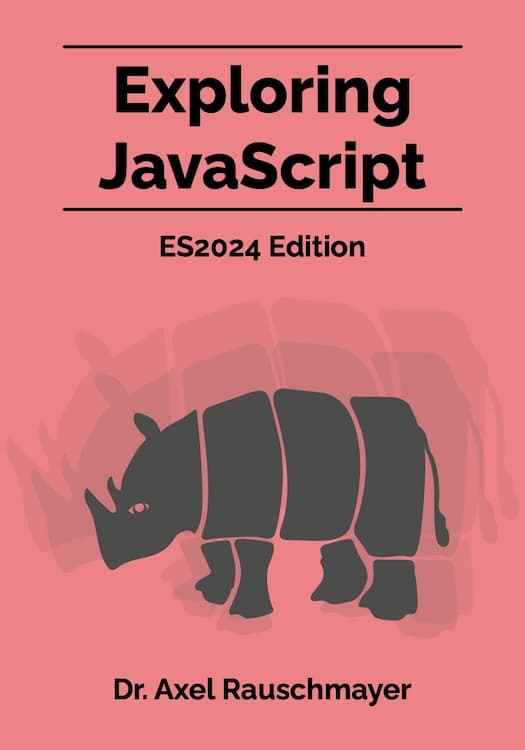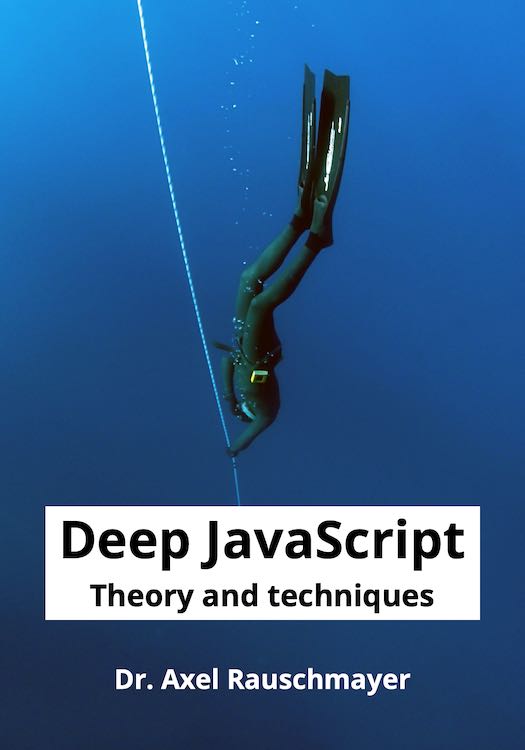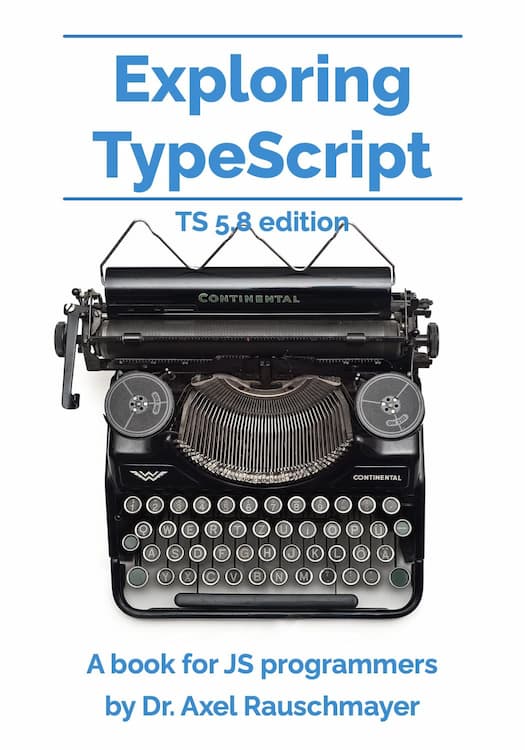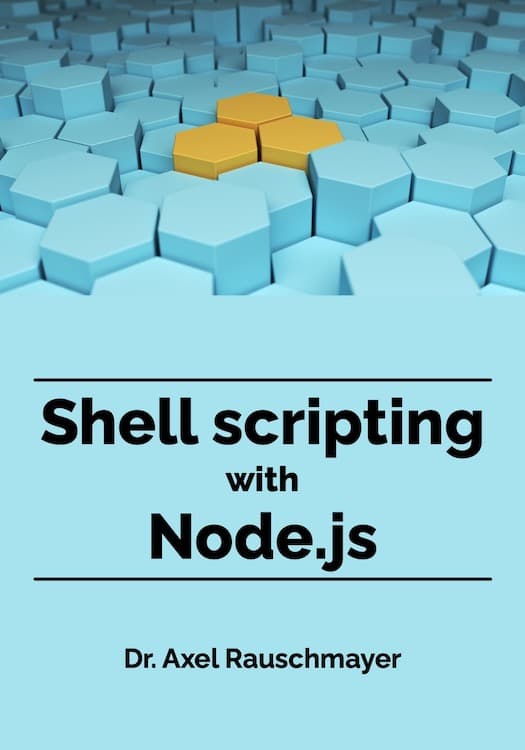2012-03
Converting a value to string in JavaScript
[2012-03-29] dev, javascript, jslang
In JavaScript, there are three main ways in which any value can be converted to a string. This blog post explains each way, along with its advantages and disadvantages.
JavaScript’s two zeros
[2012-03-23] numbers, dev, javascript, jslang
JavaScript has two zeros: −0 and +0. This post explains why that is and where it matters in practice.
What are the most popular JavaScript keywords?
[2012-03-18] dev, javascript, jslang
Ariya Hidayat has used is Esprima parser to count the most popular keywords in a corpus of JavaScript libraries.
Stricter equality in JavaScript
[2012-03-14] dev, javascript, jslang
Update 2012-11-08: The is operator will not be added to ECMAScript (probably ever). But this article is still relevant, because Object.is() will be part of ECMAScript 6 and because it sheds light on how === works.
Most JavaScript programmers are aware that “normal” equality (==) should be avoided in favor of strict equality (===) [1]. However, every now and then you need something even stricter than ===: If you want to check for NaN or if you want to distinguish between -0 and +0. This blog post explains the details and ECMAScript.next’s [2] solution, the “is” operator.
Displaying numbers in JavaScript
[2012-03-12] numbers, dev, javascript, jslang
This blog post explains how JavaScript displays numbers. It also examines when JavaScript uses exponential notation and when it uses fixed notation.
The jQuery Foundation has been created
[2012-03-07] jquery, dev, javascript, clientjs
jQuery has previously been managed by a board that was part of the Software Freedom Conservancy. Now an independent foundation has been created to perform that task.
Private data for objects in JavaScript
[2012-03-03] esnext, dev, javascript, jslang
Update 2012-10-21: In September 2012, The term “private name object” has been changed to “private symbol”.
JavaScript does not come with dedicated means for managing private data for an object. This post describes five techniques for working around that limitation:
2012-02
Array.prototype.concat is not generic
[2012-02-29] dev, javascript, jslang
The ECMAScript 5.1 specification states that the array method concat is generic [1]. This post argues that that isn’t true in practice.
New Node.js module “lazylines”: read a text stream, line by line
[2012-02-27] jsshell, dev, nodejs, javascript
The new Node.js module “lazylines” allows you to read a text stream, one line at a time, lazily.





